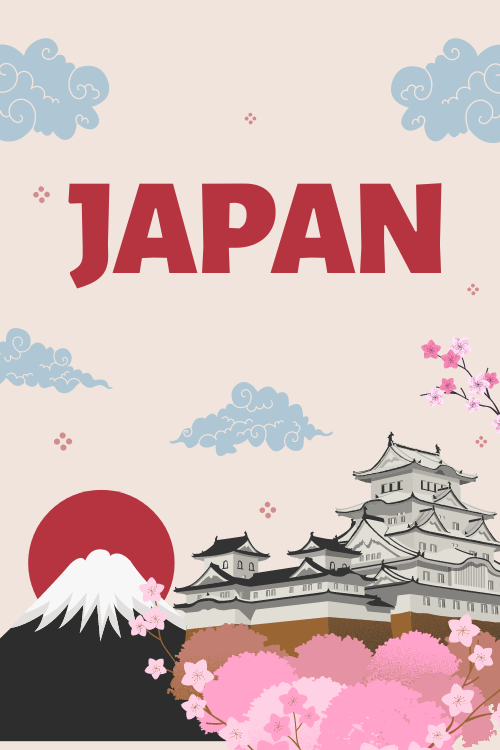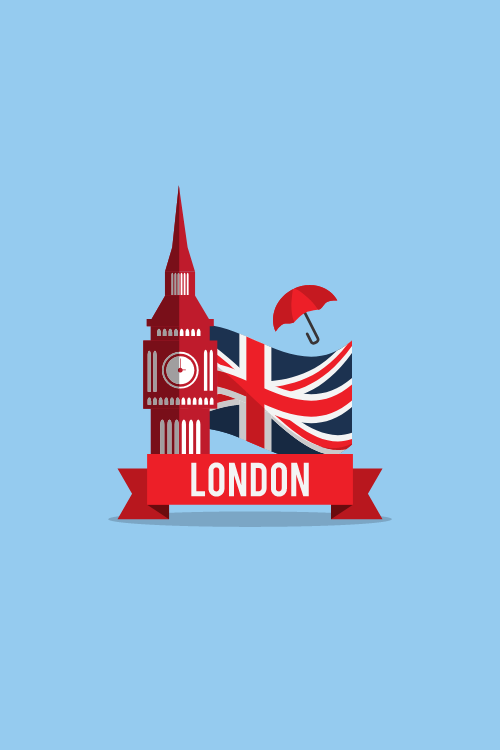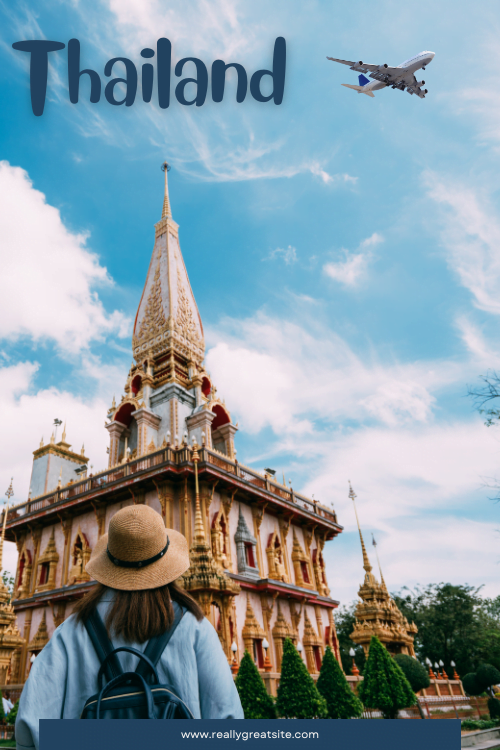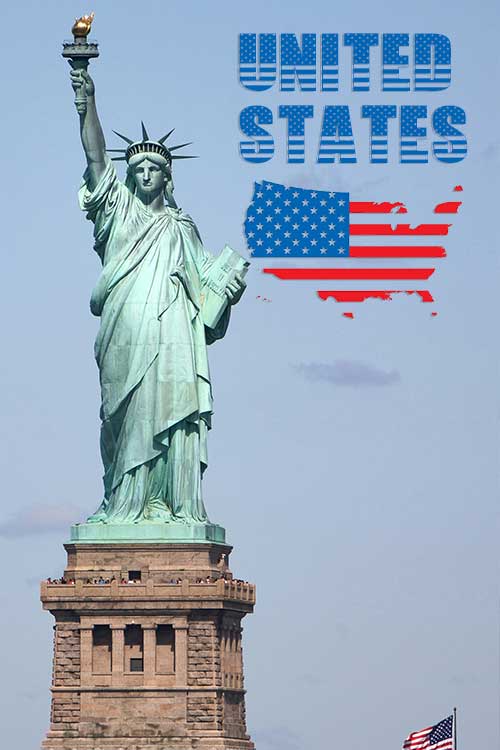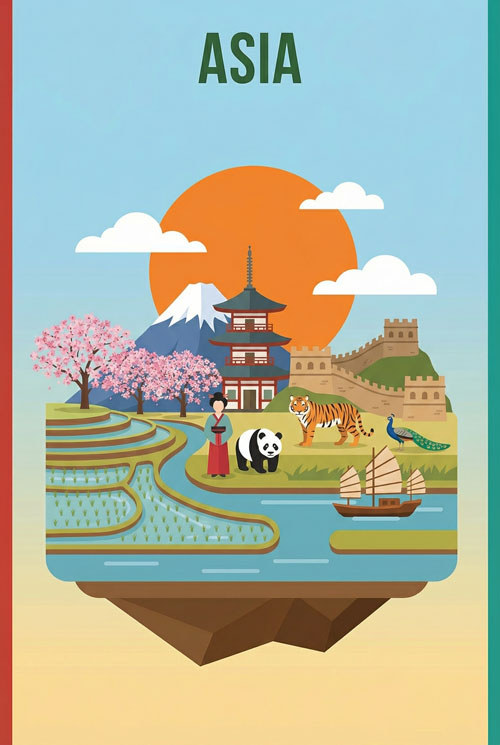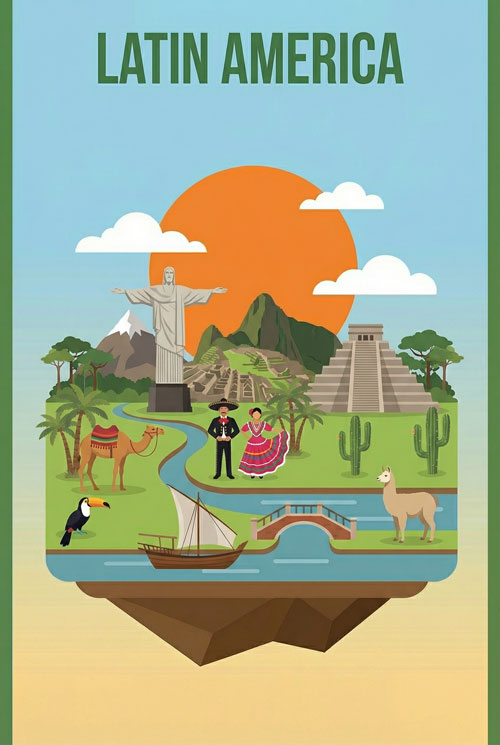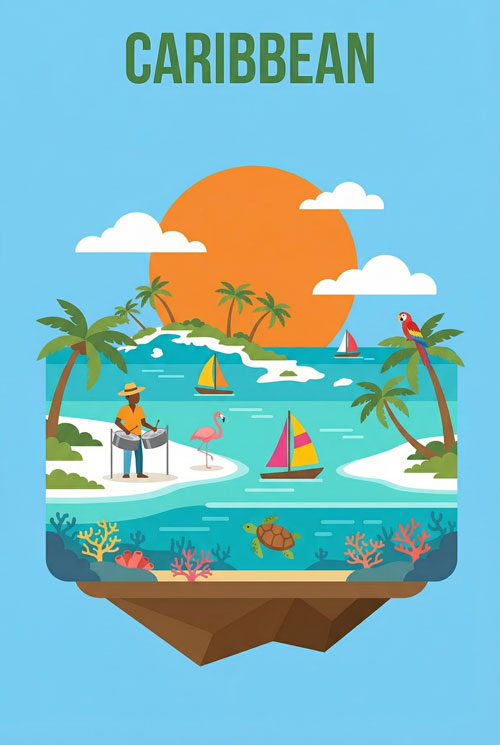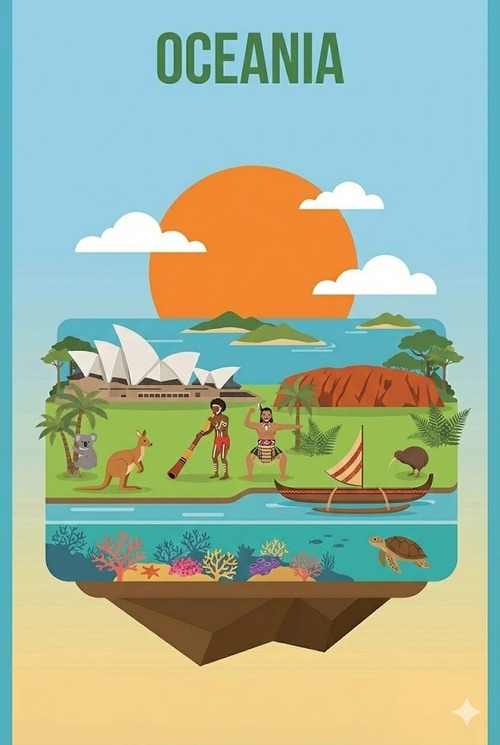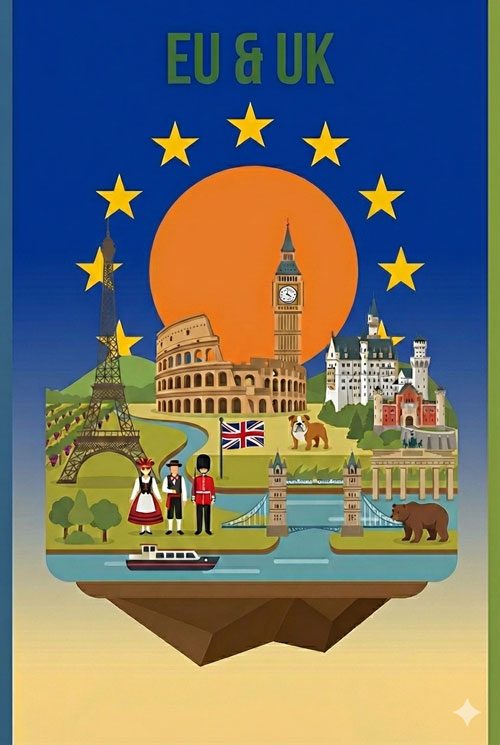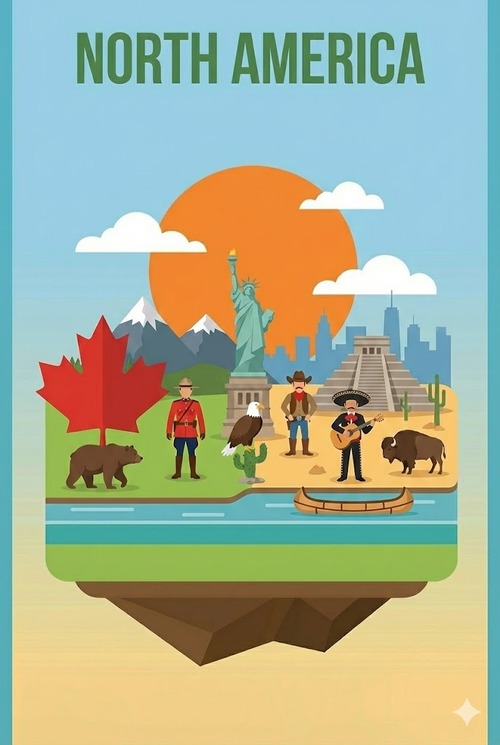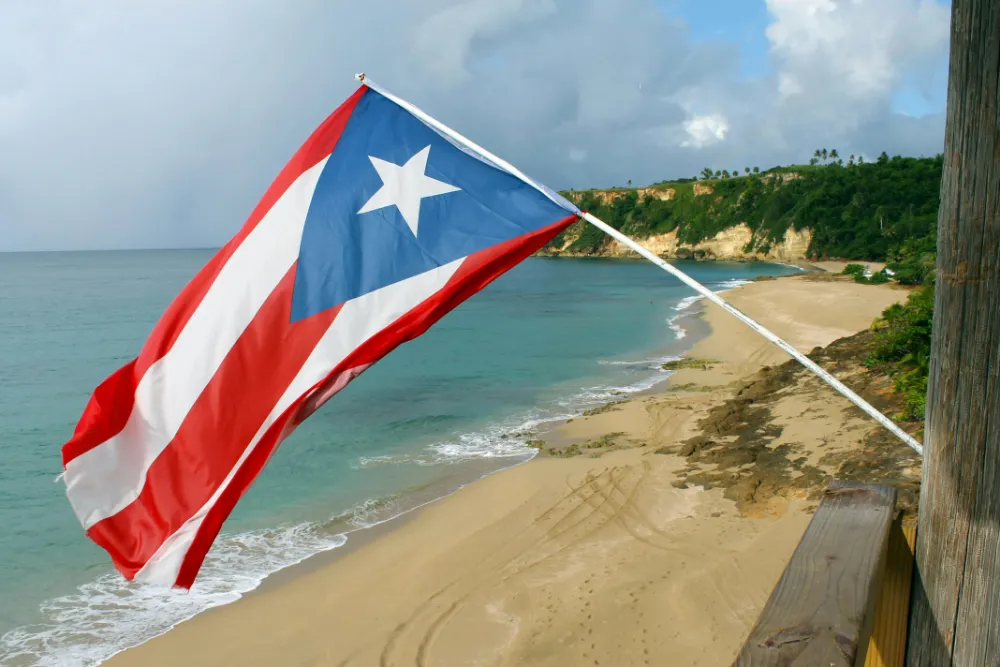Best Time To Visit
Best Time to Visit Puerto Rico: Everything You Need To Know
Choosing the perfect time for your Puerto Rico adventure means looking at a few key things.
You need to think about the weather you prefer, how many other tourists you’re okay with, your budget, and what you really want to do there. There isn’t one single “perfect” time for everyone. Knowing the pros and cons of visiting during different times helps you pick the best window for what matters most to you.
Right away, you’ll notice a challenge: the time with the dreamiest weather (winter, from December to April) is also when prices are highest and crowds are biggest.
On the flip side, the cheapest time to go (summer and fall, from July to November) brings a risk of hurricanes and rain. Often, the shoulder seasons (mid-April to June and early December) offer a nice middle ground. Understanding this balance helps you decide based on whether sunshine, savings, or space is your top priority.
Here are the main things to keep in mind:
- Dream Weather: December through April usually means warm, sunny, dry days, perfect for hitting the beach.
- Lowest Prices: You’ll find the best deals on flights and hotels from August to November, but this is also peak hurricane season. Flights are often cheapest September-November.
- Fewer Crowds: If you want more space, aim for the shoulder seasons (May-June) or the low season (July-November, especially September). Many find November and April great for avoiding crowds.
- Hurricane Season Heads-Up: The official season is June 1st to November 30th. The biggest risk for Puerto Rico is usually between August and October. Traveling then means being flexible and maybe getting travel insurance.
- Best Times for Activities:
- Beaches: Winter is prime time.
- Hiking: Winter and Spring are great, with drier trails and nice temperatures.
- Surfing: Winter and Fall often have the best waves.
- Bioluminescence: Best seen in the dry season (winter) around the new moon.
- Festivals: Lots happen year-round, but winter and spring are packed.
Understanding Puerto Rico’s Travel Seasons
Puerto Rico enjoys warm weather all year. Temperatures usually stay between 70°F and 83°F (21°C to 28°C). But, the island does have different travel seasons based on rain, humidity, crowds, and prices.
Let’s explore these seasons.
High Season (Mid-December to Mid-April): Sun Seeker’s Paradise (with Caveats)
- Weather: This is when you get the most sought-after weather. Think warm days (low 80s°F / around 28°C), lots of sun, and very little rain. December might have a bit more rain than January through March. February and March can be the driest months. Many agree this is the nicest time, weather-wise.
- Crowds: High season means peak tourist time. Lots of folks from North America escape the cold. Winter holidays and spring breaks bring big crowds to popular spots like Old San Juan and the beaches. Expect resorts to be busy.
- Costs: High demand means high prices. Flights and hotels cost the most during these months. You really need to book way ahead to find a spot and maybe save a little money. People often mention how expensive this period is.
- Highlights: Conditions are fantastic for beach activities – swimming, sunbathing, snorkeling, sailing. The dry weather helps with visibility for bioluminescent bay tours. Hiking trails, like in El Yunque National Forest, are less muddy. Seas are usually calm. This season also has big cultural events, like the long Christmas and Three Kings Day celebrations, ending with the lively Fiestas de la Calle San Sebastián in Old San Juan in January. March brings events like the Taste of Rum festival.
- Best For: You, if your main goal is perfect beach weather and a busy vibe, and you’re okay with higher costs and more people.
Shoulder Season (Mid-April to June & Early December): The Smart Traveler’s Sweet Spot
The exact dates for shoulder season can vary a bit. Some include early December, others just focus on spring. Let’s look at them separately:
Spring Shoulder (Mid-April to June)
- Weather: It stays warm and nice, usually mid-70s to high 80s°F (about 24-32°C). Spring can feel a bit cooler than peak winter. Rain chances go up, especially in May, which gets noticeably wetter. But rain is often spotty – it might shower in one area but be sunny elsewhere. March (leading into shoulder) is the least humid. June starts feeling hotter, like summer.
- Crowds: Tourist numbers drop quite a bit from the winter rush. This makes for a more relaxed trip.
- Costs: Prices for flights and places to stay become more reasonable. You can often find good deals. Many travelers point to April and May as good value times.
- Highlights: This time balances great weather with fewer crowds and better prices. It’s considered perfect for hiking El Yunque – think lush green plants, flowing waterfalls, and comfy temperatures. April offers sunny days great for walking around Old San Juan without overheating. Bioluminescence viewing can be excellent then too. Spring has lots of festivals, like Carnaval Ponceño (often early March), the Saborea food festival (April), and the Danza dance festival (May). It’s also turtle nesting season, so you might find eco-tours. June has the Noche de San Juan beach celebration.
- Best For: You, if you want a mix of good weather, fewer people, and more affordable prices. It’s great for balancing beach time with hiking and exploring culture.
Early Winter Shoulder (Late November to Mid-December)
- Weather: Things start shifting from the wetter fall to the drier winter. Temperatures are pleasant.
- Crowds: This short window is after the main hurricane risk but before the big holiday crowds arrive. You might find fewer people than later in December.
- Costs: Prices might be lower than during the peak holiday time that follows.
- Highlights: It’s a chance to see the island getting ready for the holidays. You might get better value and fewer crowds than in late December or January. Local events like the Festival del Macabeo happen in early December.
- Best For: You, if you want to visit right before the main rush, possibly finding better deals while enjoying nice weather as the dry season starts.
Low Season (July to November): The Budget Traveler’s Opportunity (with Risks)
- Weather: This period has Puerto Rico’s hottest, most humid, and rainiest months. July and August often see temperatures hit or pass 90°F (32°C). Humidity peaks in October. Rain picks up a lot from spring levels, with August often the wettest. Importantly, this whole time is within the official Atlantic hurricane season (June 1 – November 30). While hurricanes aren’t guaranteed every year, the statistical risk is highest from August through October. Weather can be unpredictable – sunny days can quickly turn into big storms. However, even when it rains, it often doesn’t rain all day. Showers might be heavy but short, often in the afternoon, leaving mornings clear for activities.
- Crowds: This is the least crowded time to visit. September usually sees the fewest visitors. You get a chance to see the island more like a local, away from the tourist crush. Some travelers report having beaches nearly to themselves in October.
- Costs: Big savings are the main reason to travel now. Flights and hotels are cheapest, making it the most budget-friendly time. August, September, and October often have the lowest flight prices.
- Highlights: The biggest plus is saving money. The lack of crowds is also a big draw for many. The island looks incredibly green and lush because of the rain. For surfers, late September and October can bring good waves from North Atlantic storms. Despite the rain, many activities are still doable if you stay flexible.
- Best For: Budget travelers, people who really want to avoid crowds and have a more local feel, and maybe surfers in the fall. You must be okay with heat, humidity, possible rain, and the risks of hurricane season. Flexibility is essential. Getting travel insurance is a very smart idea.
Puerto Rico Travel Seasons at a Glance
This table sums up the main differences:
| Feature | High Season (Mid-Dec – Mid-Apr) | Spring Shoulder (Mid-Apr – June) | Early Winter Shoulder (Late Nov – Mid-Dec) | Low Season (July – Nov) |
|---|---|---|---|---|
| Months | Mid-Dec, Jan, Feb, Mar, Mid-Apr | Mid-Apr, May, June | Late Nov, Early-Mid Dec | July, Aug, Sep, Oct, Nov |
| Avg. Temp Range | 70-83°F (21-28°C) | 75-89°F (24-32°C) | Pleasant, like early High Season | 76-90°F+ (24-32°C+) |
| Rainfall | Low (esp. Feb/Mar) | Moderate (up in May) | Moderate (down) | High (esp. Aug-Oct) |
| Humidity | Lower | Moderate (lowest Mar) | Moderate | High (esp. Oct) |
| Crowd Level | High | Medium | Medium-High | Low (esp. Sep) |
| Price Level | High | Medium | Medium-High | Low |
| Key Highlights | Best beach weather, big festivals, calm seas | Good balance, hiking, spring festivals, turtle nesting | Pre-holiday vibe, nice weather | Lowest prices, few crowds, lush views, fall surfing |
| Hurricane Risk | None | Very Low (starts June 1) | Low (ends Nov 30) | Moderate to High (Peak Aug-Oct) |
Best Time to Visit Based on Your Priorities
The best time for your Puerto Rican trip really depends on why you’re going. Different goals fit better with different seasons.
For Perfect Beach Weather: Winter (December-April) is usually called the best time for beach lovers. The warm, dry, sunny days are perfect for swimming, sunbathing, snorkeling, and sailing. Famous spots like Luquillo Beach, Boqueron Beach, Flamenco Beach on Culebra, and Isla Verde shine brightest then. The spring shoulder season (April-May) also has great beach weather, often with fewer people than winter. Even summer can work if you love the beach, don’t mind heat, and can handle an occasional shower.
For Budget Travel: The low season (July-November) is your chance for big savings on flights and places to stay. August, September, and October are often the cheapest months. You just need to accept the trade-offs: more heat, humidity, rain, and the possibility of hurricanes. Shoulder seasons (Spring and Early Winter) offer a middle option with prices lower than high season.
For Avoiding Crowds: The low season (July-November) guarantees the fewest other tourists. September is usually the quietest month. This lets you have a calmer trip and maybe see more local life. Travelers often talk about empty beaches in October. Shoulder seasons (May-June, early December) are also less crowded than the winter peak. Exploring outside the main San Juan area can also mean fewer crowds any time of year.
For Hiking (like in El Yunque National Forest): Both Winter (December-April) and Spring (March-May) are excellent for hiking. Winter means drier trails. Spring is a great alternative with nice temperatures (often cooler than winter highs), super green scenery from earlier rains, and more active waterfalls, but still less mud than the main rainy season. The strong heat and humidity of summer (July-August) can make tough hikes feel harder.
For Surfing: The best and most reliable waves usually hit during winter (November-March). These come from strong North Atlantic swells. Late Fall (September-October) can also have good surfing as early storms start up. Spring sometimes gets decent waves from offshore trade winds (vientos alisios). Summer usually has poor surfing, unless a tropical storm or hurricane is far offshore. Rincón, on the west coast, is the famous surf spot.
For Bioluminescent Bays: The best viewing often happens in the drier winter months (December-April). The water might be clearer then. No matter the season, visibility is much better during the new moon phase each month. That’s when the night sky is darkest, making the glowing microorganisms seem brighter. Too much moonlight or cloudy water from recent heavy rain can spoil the magic. April, with its clear nights, gets mentioned as a good time. Key spots are Vieques and Laguna Grande in Fajardo.
For Festivals & Cultural Events: Puerto Rico has festivals year-round! Winter is especially busy with long Christmas celebrations, the Three Kings Festival, and the huge San Sebastián Street Festival in January. Spring keeps the party going with events like Carnaval Ponceño (dates change, often early March), Mojito Fest (February), Taste of Rum (March), Saborea food festival (April), Danza festival (May), and local parties like pineapple festivals. June features the Noche de San Juan beach party. If you’re interested in a specific event, always check the dates beforehand.
For Turtle Nesting: Sea turtles mostly nest during spring and summer (around April through August). Green Sea Turtles, Leatherbacks, and Hawksbills lay eggs on different beaches, especially on Culebra and Mona Island. Seeing this is amazing, but needs responsible tourism. Booking a guided eco-tour is the best way to avoid disturbing the turtles.
For Family Travel: The shoulder seasons, especially Spring (Mid-April to June), are often a good choice for families. The weather is usually nice, crowds are smaller, and prices are better than peak winter. However, March can be crowded and pricey due to spring breaks. Winter has great weather but peak crowds and costs. Summer travel works but means managing heat and humidity. Maybe look for places with good air conditioning and plan indoor fun during possible afternoon showers. Packing small fans for kids might help in warmer months.
Month-by-Month Guide to Visiting Puerto Rico
If you’re planning around specific dates, this monthly breakdown gives you more detail on weather, crowds, costs, and events.
January:
- Weather: Nice, warm, and pretty dry. It’s the “coldest” month, but temps are comfy: 70°F (21°C) to 83°F (28°C). Low rain.
- Crowds & Costs: Peak high season. Expect lots of people and top prices.
- Events: Three Kings Day (early Jan), end of holidays, Fiestas de la Calle San Sebastián (mid/late Jan).
- Best For: Great beach weather, fun festivals, lively feel. Be ready for crowds and high costs.
February:
- Weather: Fantastic high season weather continues – warm, sunny, usually very dry. Perfect beach days.
- Crowds & Costs: Still peak high season with lots of people and high costs. Maybe slightly less busy than late Dec/early Jan.
- Events: Mojito Fest. Great weather for outdoor fun.
- Best For: Beach trips, outdoor activities in reliable weather. Still need to book early and budget for high rates.
March:
- Weather: Excellent weather holds, warm and usually very dry. March has the lowest humidity all year.
- Crowds & Costs: High season goes on. Can be very crowded and expensive because of overlapping US spring breaks.
- Events: Taste of Rum festival, Carnaval Ponceño (date varies, often early March).
- Best For: Continued beach weather, exploring outdoors. Watch out for spring break crowds and prices.
April:
- Weather: Transition time. Still warm (highs around 85°F/29°C) and mostly sunny. End of the driest time. Rain starts to increase a bit but is still low.
- Crowds & Costs: Spring shoulder season starts mid-April. Crowds thin out, prices might ease up.
- Events: Saborea food festival, Semana Santa (Holy Week) and Easter (dates vary). Turtle nesting starts.
- Best For: A fantastic balance of great weather, fewer crowds, and better value. Great for hiking El Yunque, exploring Old San Juan comfortably, beach days, maybe good bioluminescence.
May:
- Weather: Temps stay warm (around 86°F/30°C), but rain increases quite a bit (nearly 6 inches/151mm). Showers are more common but often localized.
- Crowds & Costs: Shoulder season continues. Fewer crowds than winter, prices stay moderate.
- Events: Danza festival, various local festivals (like a pineapple festival in La Parguera). Turtle nesting continues.
- Best For: Travelers wanting good value and fewer crowds, okay with a higher chance of showers. Still good for hiking and exploring.
June:
- Weather: Temps rise, often hitting high 80s°F (around 31-32°C). Start of hotter summer weather. Rain is similar to May or slightly more. Official start of hurricane season (June 1st), but big storm risk is usually low this early.
- Crowds & Costs: End of spring shoulder. Crowds moderate, maybe pick up with early summer travel. Prices usually still good value compared to winter.
- Events: Noche de San Juan (June 23rd). Crash Boat Beach summer fair. Turtle nesting continues.
- Best For: Beach time if you like heat, cultural events like Noche de San Juan. Good value, but be ready for more heat and the start of hurricane season.
July:
- Weather: Hot and humid. Highs can reach 90°F (32°C) or more. Rain continues as part of the rainy season. Hurricane risk exists but is statistically lower than Aug-Oct.
- Crowds & Costs: Low season starts. Crowds lower than shoulder season. Prices become more budget-friendly.
- Events: Fewer big scheduled events. Focus on beach relaxing and maybe indoor fun during rain.
- Best For: Budget travelers who can handle heat, humidity, and rain showers. Offers big cost savings.
August:
- Weather: Usually one of the hottest months, like July. Often the wettest month (around 7 inches/178mm of rain). Peak hurricane season begins; risk goes up significantly.
- Crowds & Costs: Low season continues. Crowds stay low. Prices are among the lowest all year.
- Events: Mostly local events; main focus is dealing with weather.
- Best For: Budget travelers putting savings first, okay with high heat, humidity, frequent rain, and higher hurricane risk. Needs flexibility and insurance.
September:
- Weather: Stays hot and humid. Rain is still high. Falls right in the peak hurricane risk time.
- Crowds & Costs: Usually the month with the absolute fewest tourists. Prices remain very low – best potential deals.
- Events: Few major tourist events. Possible good surf swells from early Atlantic storms.
- Best For: Travelers wanting the lowest prices and fewest crowds, maybe surfers. Needs maximum flexibility and tolerance for risks (heat, rain, hurricanes). Travel insurance is highly advised.
October:
- Weather: Temps cool slightly but stay warm (average around 81°F/27°C). Rain is still high. October is often the most humid month. Peak hurricane season continues with significant risk.
- Crowds & Costs: Low season persists. Few tourists, low prices. People report empty beaches.
- Events: Potential for good surf swells continues.
- Best For: Budget travelers, those seeking quiet. Good surfing possible. Still need to handle heat, humidity, rain, and significant hurricane risk.
November:
- Weather: Temps keep cooling, feeling more pleasant as the island moves toward the drier winter. Rain usually drops compared to Aug-Oct, but still possible. End of official hurricane season (Nov 30th); risk drops a lot during the month.
- Crowds & Costs: End of low season / start of early winter shoulder. Crowds still relatively low, especially early month. Prices generally affordable but might rise near holidays.
- Events: Start of the holiday season lead-up. Good surfing often begins.
- Best For: Good value travel with better weather and lower hurricane risk. Nice temps for exploring, maybe good surfing. A good choice to avoid peak crowds before high season hits.
December:
- Weather: Start of the best weather season. Temps warm and pleasant (like January). Rain drops a lot as dry season starts (early Dec might see a bit more rain than Jan-Mar).
- Crowds & Costs: Early December can be shoulder season with moderate crowds/costs. Mid-December starts the high season rush; crowds and prices jump dramatically for the holidays.
- Events: Festival del Macabeo (early Dec). Lots of Christmas and holiday events begin, like light displays.
- Best For: Early December offers a possible sweet spot: good weather, pre-peak crowds/costs. Late December gives festive spirit and great weather but needs booking way ahead and budgeting for top prices.
Puerto Rico Monthly Travel Planner Here’s a quick comparison table:
| Month | Avg High (°F/°C) | Avg Low (°F/°C) | Rainfall Likelihood | Crowd Level | Price Indicator | Key Events/Highlights | Best For… |
|---|---|---|---|---|---|---|---|
| Jan | 83 / 28 | 70 / 21 | Low | High | High | Three Kings, San Sebastián Fest | Peak Beach Weather, Festivals (High Cost/Crowds) |
| Feb | ~83 / 28 | ~70 / 21 | Low | High | High | Mojito Fest | Prime Beach Weather (High Cost/Crowds) |
| Mar | ~84 / 29 | ~71 / 22 | Low | High (Spring Break) | High | Taste of Rum, Carnaval Ponceño (varies) | Great Weather (High Cost/Crowds, esp. Spring Break) |
| Apr | 85 / 29 | ~72 / 22 | Low-Mod | Med-High | Med-High | Saborea, Semana Santa (varies), Turtle Starts | Balance: Weather, Crowds, Cost. Hiking, Exploring |
| May | 86 / 30 | ~73 / 23 | Moderate | Medium | Medium | Danza Fest, Local Festivals | Good Value, Hiking, Culture (More Rain) |
| Jun | 89 / 32 | ~76 / 24 | Moderate | Medium | Medium | Noche de San Juan | Hot Weather Fans, Culture, Value (Heat/Humidity Up) |
| Jul | 90 / 32+ | ~76 / 24 | Mod-High | Low-Med | Low-Med | Beach Relaxation | Budget Travel (Heat, Humidity, Rain) |
| Aug | 90 / 32+ | ~76 / 24 | High (Wettest) | Low | Low | Budget Travel (Peak Heat/Rain/Hurricane Risk) | |
| Sep | ~88 / 31 | ~75 / 24 | High | Lowest | Lowest | Fall Surfing Starts | Lowest Prices/Crowds (Peak Hurricane Risk, Heat, Rain) |
| Oct | 87 / 31 | ~74 / 23 | High (Humidest) | Low | Low | Fall Surfing | Budget Travel, Solitude, Surfing (High Hurricane Risk) |
| Nov | ~85 / 29 | ~72 / 22 | Moderate | Low-Med | Low-Med | Surfing Season Begins | Good Value, Improving Weather, Surfing (End of Season) |
| Dec | ~83 / 28 | ~70 / 21 | Low-Mod | Med (Early)/High (Late) | Med (Early)/High (Late) | Holiday Festivities, Festival del Macabeo | Festive Vibe, Great Weather (Late = Peak Cost/Crowds) |
Note: Temperature and rainfall details are averages and can change.
Planning Your Trip: Practical Considerations
Picking your dates is just one step. Smart planning makes your trip smoother.
Booking Advice: Traveling during high season (mid-Dec to mid-Apr)? Book flights and hotels months ahead. Demand is high, and prices soar. For shoulder and low seasons, booking early is still smart, but you have more flexibility and might find deals later. Using price alert tools can help you catch lower flight prices, especially off-peak.
Navigating Hurricane Season (June 1 – November 30):
- Know the Risk: Understand that hurricanes can happen, especially August-October. They don’t hit every year, but the possibility is real.
- Stay Flexible: Be ready for plans to change. Flights might get canceled, or you might need to adjust your schedule if a storm approaches.
- Get Travel Insurance: Seriously consider comprehensive travel insurance. Make sure it covers trip cancellations or delays because of weather. This simple step can save you a lot of money if bad weather hits.
- Hotel Plans: Many hotels have hurricane plans to keep guests safe. Ask about them if you’re concerned.
- Keep Perspective: Remember, a hurricane affecting your specific trip is possible, not guaranteed. Lots of people visit during these months and have great, storm-free trips while saving money.
Packing Essentials by Season: Always pack light clothes for warm weather. Bring swimwear, sun protection (hat, sunglasses, strong sunscreen), and comfy walking shoes. For the rainy season (April-November), add a light rain jacket or umbrella. Even in winter, a light sweater or jacket is good for cooler nights or trips to the mountains.
Getting Around: You can usually find rental cars, taxis, and ride-shares all year. Rental cars might be harder to get and more expensive during high season, so book ahead then.
Staying Connected: Staying connected while traveling can sometimes be tricky or expensive with your home plan. One helpful option is using an eSIM (embedded SIM).
- eSIM vs. Physical SIM:
- eSIM Pros: Super convenient! No need to swap tiny plastic cards. You can often buy and activate it online before you even leave home. You might be able to store multiple plans on one phone.
- eSIM Cons: Your phone needs to support eSIM technology (most newer smartphones do, but check first). Setup can feel less familiar than popping in a physical SIM. Sometimes carrier restrictions apply.
- Physical SIM Pros: Familiar and works in almost any unlocked phone. Easy to buy at airports or local stores upon arrival.
- Physical SIM Cons: You need to find a store, potentially wait in line, and physically swap the card. You might lose your tiny home SIM card!
- A Modern Solution: Companies like eSIM4.com offer affordable data plans for travelers in many countries, including regions you might visit before or after Puerto Rico. Their eSIMs can often auto-connect to local networks when you arrive. Setup is usually simple (QR code scan or email link), and they offer support if needed. This can be a much simpler way to get mobile data abroad without surprise roaming charges.
Health & Safety: Typical travel health steps apply. Drink plenty of water and protect yourself from the sun, especially in summer. Power outages can happen sometimes. Spanish is the main language, but English is common in tourist areas, so getting by is usually easy for English speakers.
Frequently Asked Questions (FAQs)
Here are quick answers to common questions:
What is the absolute cheapest month to visit Puerto Rico? September and October usually have the lowest prices for flights and hotels. This is also during peak hurricane season and when tourist numbers are lowest.
When is hurricane season in Puerto Rico? The official Atlantic hurricane season is June 1st to November 30th. The highest risk period for Puerto Rico is typically August, September, and October.
What are the hottest months in Puerto Rico? July and August are generally the hottest. Average high temperatures often hit or go above 90°F (32°C).
What month has the best weather? For warm temps, lots of sun, and little rain, December through March is widely seen as having the “best” weather. It’s ideal for beach trips. February and March are often the driest.
Is it safe to visit during hurricane season? Visiting then involves risk and needs planning. Safety is key, and storms can cause major problems. But hurricanes don’t hit every year. If you’re flexible, get travel insurance, and watch the weather, you can visit during this time and save money.
When is the best time for hiking El Yunque? Winter (December-April) has drier trails. Spring (March-May) offers comfy temps, very green scenery, and active waterfalls with less mud than the main rainy season.
When is the best time to see the bioluminescent bays? The dry season (Winter: Dec-Apr) might mean clearer water. Most importantly, go on nights near the new moon. The darker the sky, the brighter the glow appears.
Do I need to speak Spanish? Knowing some Spanish is nice, but not required for tourists, especially in places like San Juan, Vieques, and Culebra. English is widely used in hotels, restaurants, and tours for visitors.

